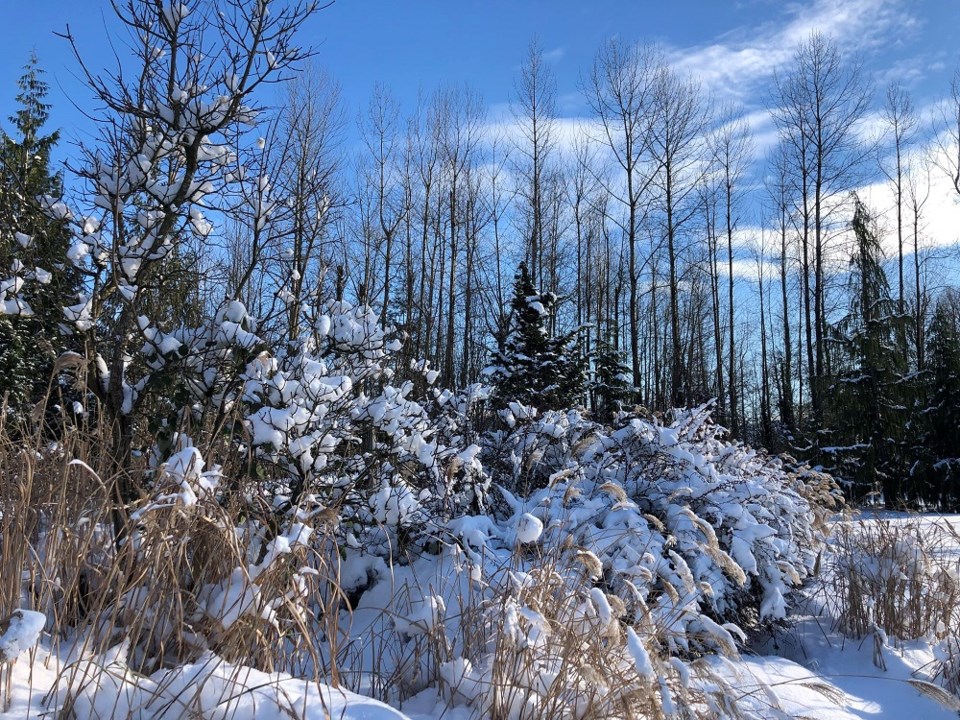We’ve enjoyed a remarkably mild fall, but as we move into winter this weekend, it might be a good idea to check our gardens to make sure our more tender plants are protected from the seemingly inevitable cold spells we get in January.
Without having had a hard frost, all our plants are soft, and many are beginning to show buds already.
My greatest concern is for all our budded roses. Own-root roses are usually very tough, but the bud unions on traditional roses need to be protected with about 30 cm of bark mulch. Tree roses need to have their high grafted bud unions protected with an enclosure of wire fencing filled with enough mulch to protect that top graft.
With the loss of so many figs last year, a good mulching around the roots of all figs will ensure that new growth will come back even if the top stems are frozen.
A wrap of white insulating cloth around the stems can make a 10-degree difference in protection and can help ensure that they will be okay.
It’s important to remember that figs are zone seven plants, and that the middle and eastern areas of the Fraser Valley have a zone six rating.
Green banana plants (Musa basjoo) should now have their leaves cut back to the stem, and their roots and stems need to be heavily mulched to protect them from severe freezing. Outdoor palms, the hardiest being the Dutch Windmill palm (Trachycarpus fortunei), are another concern.
If they are planted in containers, they really should be moved into a protected area during severe cold.
Those that are planted in the landscape need to be not only wrapped with N-Sulate fabric and covered with bubble poly from top to bottom before cold weather hits, but they also need to be covered with heat tapes on the inside to provide an extra layer of protection.
For all other outdoor containers, we should have some N-Sulate fabric on hand just in case a cold front moves in.
Please remember: burlap sacking has little if any insulating value, but various other insulating materials do.
It’s important to cover your containers completely from the bottom of the pot to the top of your plants just before the cold hits. Many of our tender herbs and perennials too, like rosemary and gaura, will need some extra mulching.
As we turn up the heat in our homes, put fireplaces on and entertain over the holiday season, our indoor plants can suffer from this dry heat.
Try to move all your indoor tropicals closer to cool windows and, perhaps, shut off some of those heat vents. Keep your indoor plants just moist and mist their foliage with warm water to bump up the humidity level.
With all the plant damage we experienced last January, it’s wise to do some protective maintenance now to optimize their survival if we have another severe cold spell.
The good news is that we are now getting about one minute of extra light per day as the sun starts to work its way back to the northern hemisphere. A little winterizing now will go a long way to keep your plants alive and well until spring and summer arrive.
I wish you all a meaningful and happy Christmas season.



